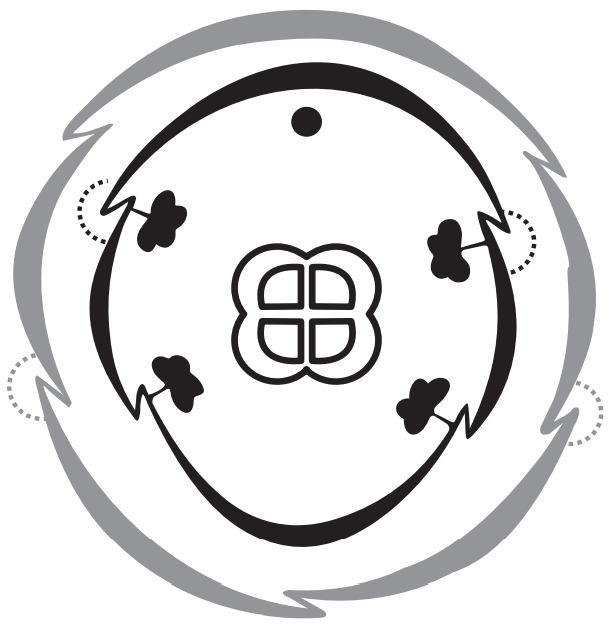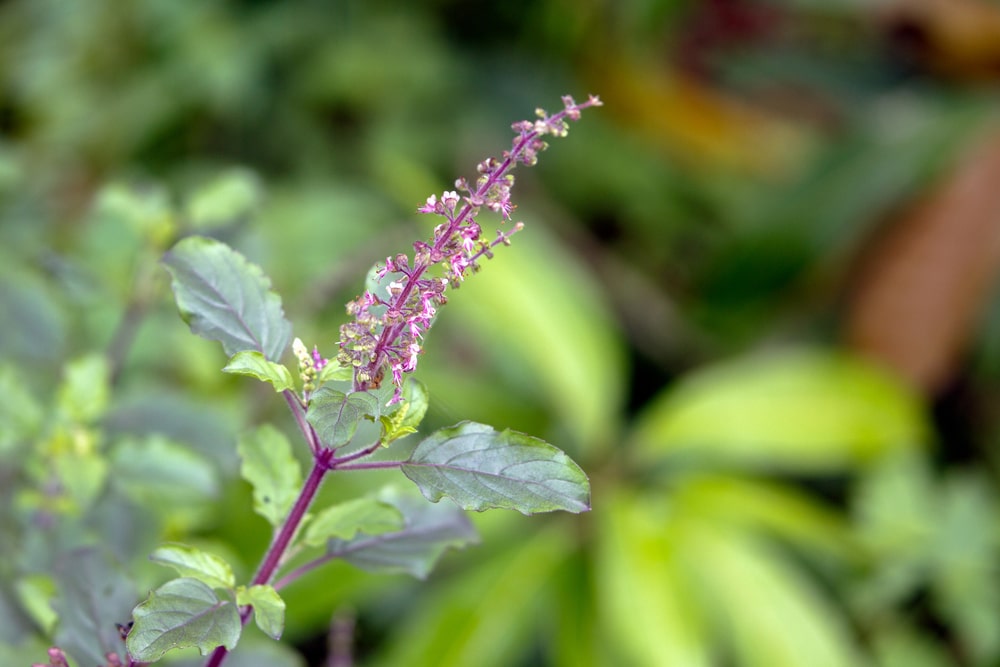Overview of Labiatae
Habit:
- These are herbs and undershrubs with square stems.
Leaves:
- These are simple, opposite or whorled, exstipulate, and have oil glands.
Flowers:
- This is a zygomorphic, bilabiate, hypogynous, and bisexual.
Inflorescence:
- This is a verticillaster. It is often reduced to a true cyme, as in tulsi.
Calyx:
- The petals are (five in number), gamopetalous and bilabiate, i.e. two-lipped. The aestivation is imbricate.
Androecium:
- The stamens are four and didynamous. Sometimes there are only two, as in sage. They are epipetalous.
Gynoecium:
- The carpels are (2) and syncarpous. The disc is prominent. The ovary is four-lobed and four celled, with one ovule in each cell, ascending from the base of the ovary. The style is gynobasic, i.e. it develops from the depressed center of the lobed ovary. The stigma is bifid.
Fruit:
- This is a group of four nutlets, each with one seed. The seed has only scanty endosperm or even none.
Floral formula:


Examples: Tulsi, mentha, etc.
Make sure you also check our other amazing Article on : Cruciferae
